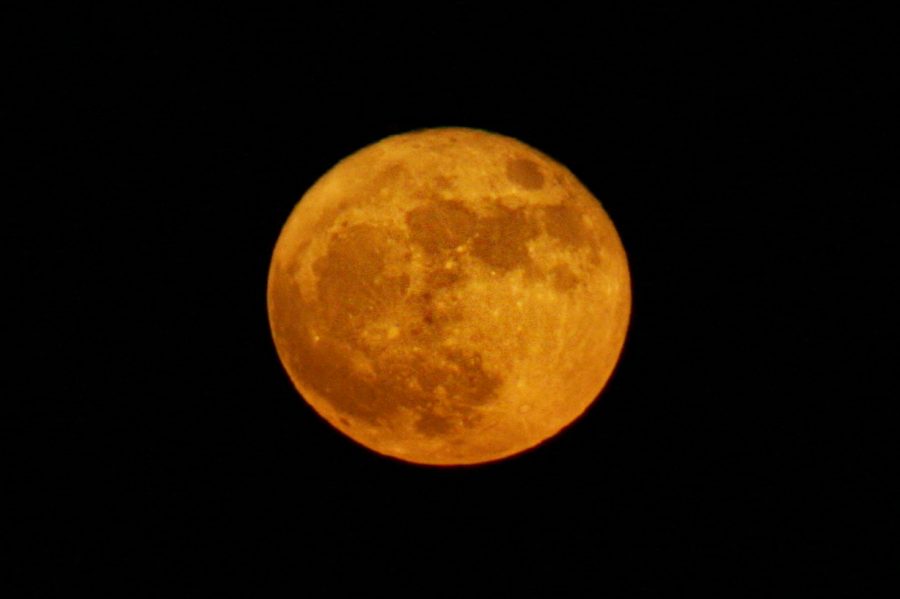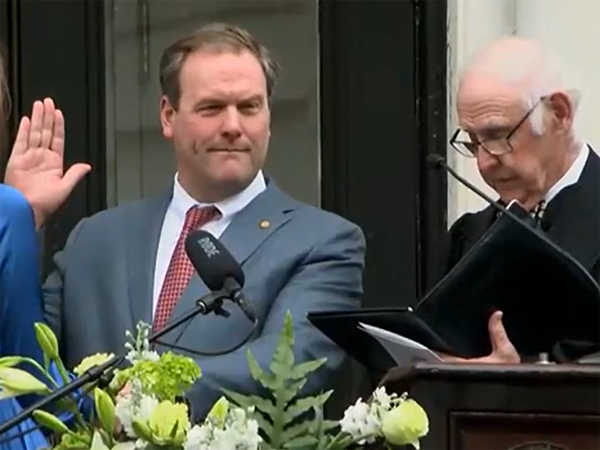The Supermoon
You probably missed the recent super moon phenomenon due to cloud cover and smoke from recent forest fires; but around the world many stood in awe of this truly once in a lifetime spectacle. Formally known as a “perigee syzygy”, a super moon occurs approximately once every 14 to 18 moon cycles. Although not extremely rare, the recent super moon was the biggest and brightest since 1948; appearing 14% bigger and 30% brighter than usual. Due to the moon’s elliptical shaped orbit around Earth, the moon is at times closer to Earth and at times farther. A super moon occurs when a full or new moon syncs with the moon’s closest orbital alignment to Earth.
If you missed the recent super moon on November 14th, you’re going to have to wait another 18 years to see the spectacle at such a magnitude again. However, the spectacle still lingers in the days following; with the moon still appearing larger and brighter than usual. Even though Charleston missed the rare occasion, it’s not too late to see what’s left of this rare phenomenon.



















